3D printed polymer parts data published: SmarTech analysis sees polymer additive manufacturing market to produce nearly $26b in components annually by 2030
AU Manufacturing
AUGUST 29, 2022
Unsurprisingly, end-use part categories across numerous industries dominate the list of ‘top 5 fastest compound annual growth’ opportunities in each major polymer AM print technology segment through 2030. The aerospace sector averaged the highest end-use part CAGR rate across all technologies, closely followed by consumer goods.

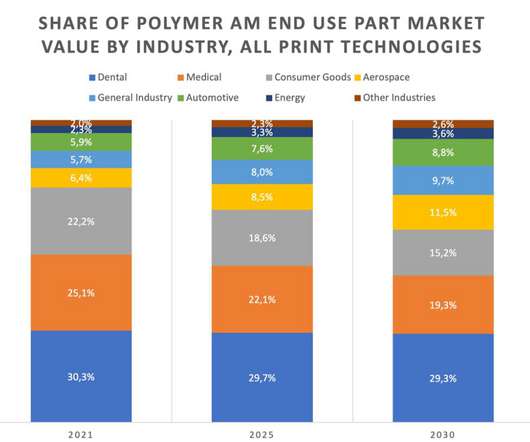



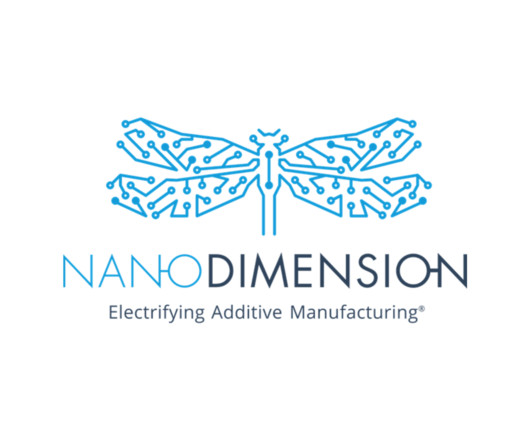

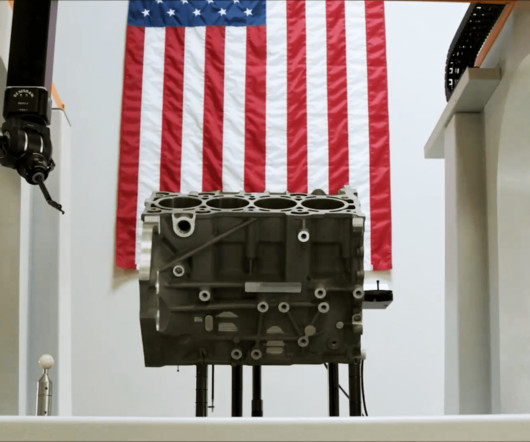
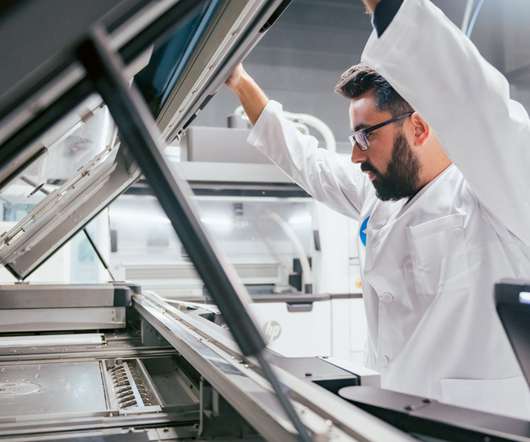
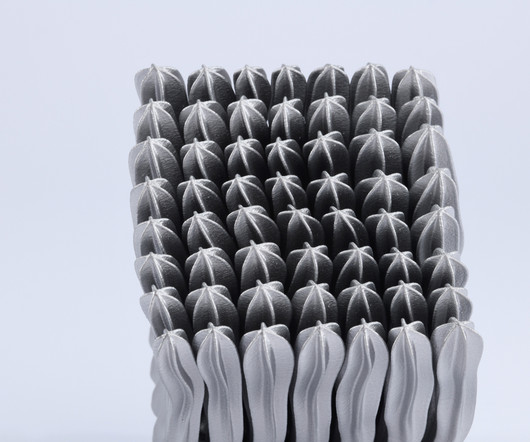


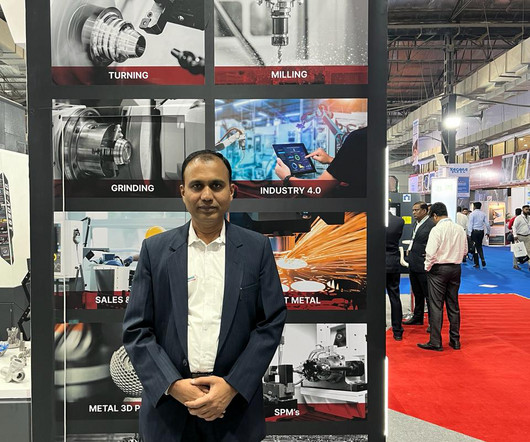






Let's personalize your content